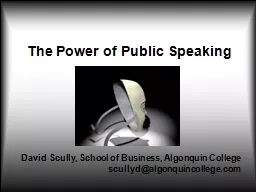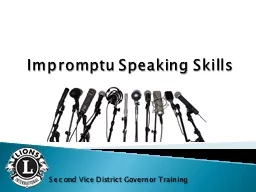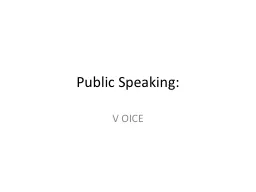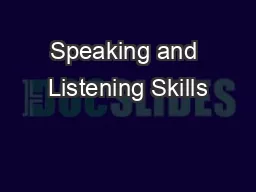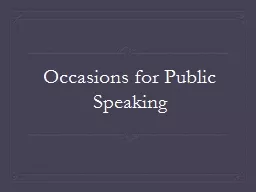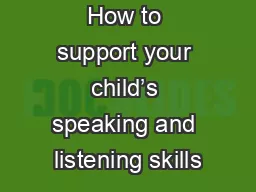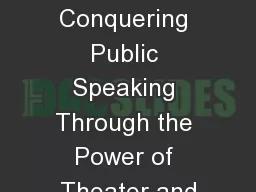PPT-The Power of Public Speaking
Author : yoshiko-marsland | Published Date : 2016-06-14
David Scully School of Business Algonquin College scullydalgonquincollegecom I became a good speaker as other men become good skaters by making a fool of myself
Presentation Embed Code
Download Presentation
Download Presentation The PPT/PDF document "The Power of Public Speaking" is the property of its rightful owner. Permission is granted to download and print the materials on this website for personal, non-commercial use only, and to display it on your personal computer provided you do not modify the materials and that you retain all copyright notices contained in the materials. By downloading content from our website, you accept the terms of this agreement.
The Power of Public Speaking: Transcript
Download Rules Of Document
"The Power of Public Speaking"The content belongs to its owner. You may download and print it for personal use, without modification, and keep all copyright notices. By downloading, you agree to these terms.
Related Documents

